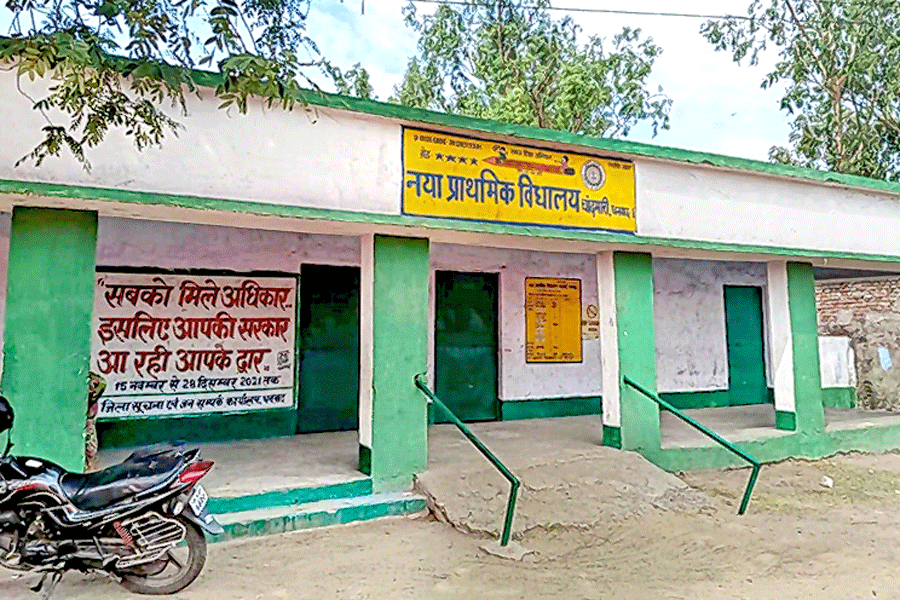Around 25,000 teachers to be recruited in primary and middle schools in Jharkhand will soon realise that they are doing the same job but on different salaries and this is likely to affect the quality of education, office-bearers of the state-level association of primary and middle school teachers said.
“There will be three different categories of teachers in primary and middle schools of the state who will do the same kind of job but draw salaries in different pay scales,” said Nasim Ahmad, the spokesperson for Akhil Jharkhand Prathamik Sikshak Sangh.
While launching 80 district-level schools of excellence in Ranchi on May 2, chief minister Hemant Soren had announced that the process of recruiting 25,000 teachers would be completed by the end of the month to address the problem of shortage of teachers in such schools.
“Those appointments will be made exclusively for primary and middle schools of the state,” K. Ravikumar, secretary of the state’s school education and literacy department, said.

A primary school at Chandmari in Dhanbad. Shabbir Hussain
The state has an acute shortage of teachers in its primary and upgraded middle schools and about one-fifth of the primary schools are run by a single teacher each.
The villagers of Garu block in Latehar district had organised a protest rally last month to highlight the sorry state of affairs in such schools. They demanded that teachers be appointed without delay.
“Jharkhand is among those states which have a shortage of teachers and a high proportion of single-teacher schools,” economist Jean Dreze had then told The Telegraph, adding that it violated the provision of the Right to Education Act that specified that a school with up to 60 students in classes I to V need to have two teachers each.
Therefore, the state government’s decision to recruit teachers came as a relief to the teachers’ association.
“But the difference in pay for the same job is likely to dishearten the new teachers and affect the quality of education,” Ahmad said. He added that teachers in the same school may get salaries as prescribed under three different pay structures.
The existing teachers will continue to receive their salary in the scale meant for level-6 jobs that have a basic pay of Rs 35,600 at the entry-level. The new recruits will be paid in accordance with level-4 scale, with a basic salary of Rs 25,400 at the entry-level,” he explained.
Besides, there are para-teachers who get a consolidated remuneration of up to Rs 24,000 per month depending upon their clearing the teachers’ eligibility test, Ahmad said. He said this type of disparity in salaries for the same kind of job would eventually cause dissatisfaction among new teachers.
“Those who will be recruited for government-aided minority schools have an added problem — they are unlikely to be paid immediately after their joining,” Ahmad said. He said their first salary would be released only after “a preposition statement” about their joining is approved by the department and that will take at least six months.










